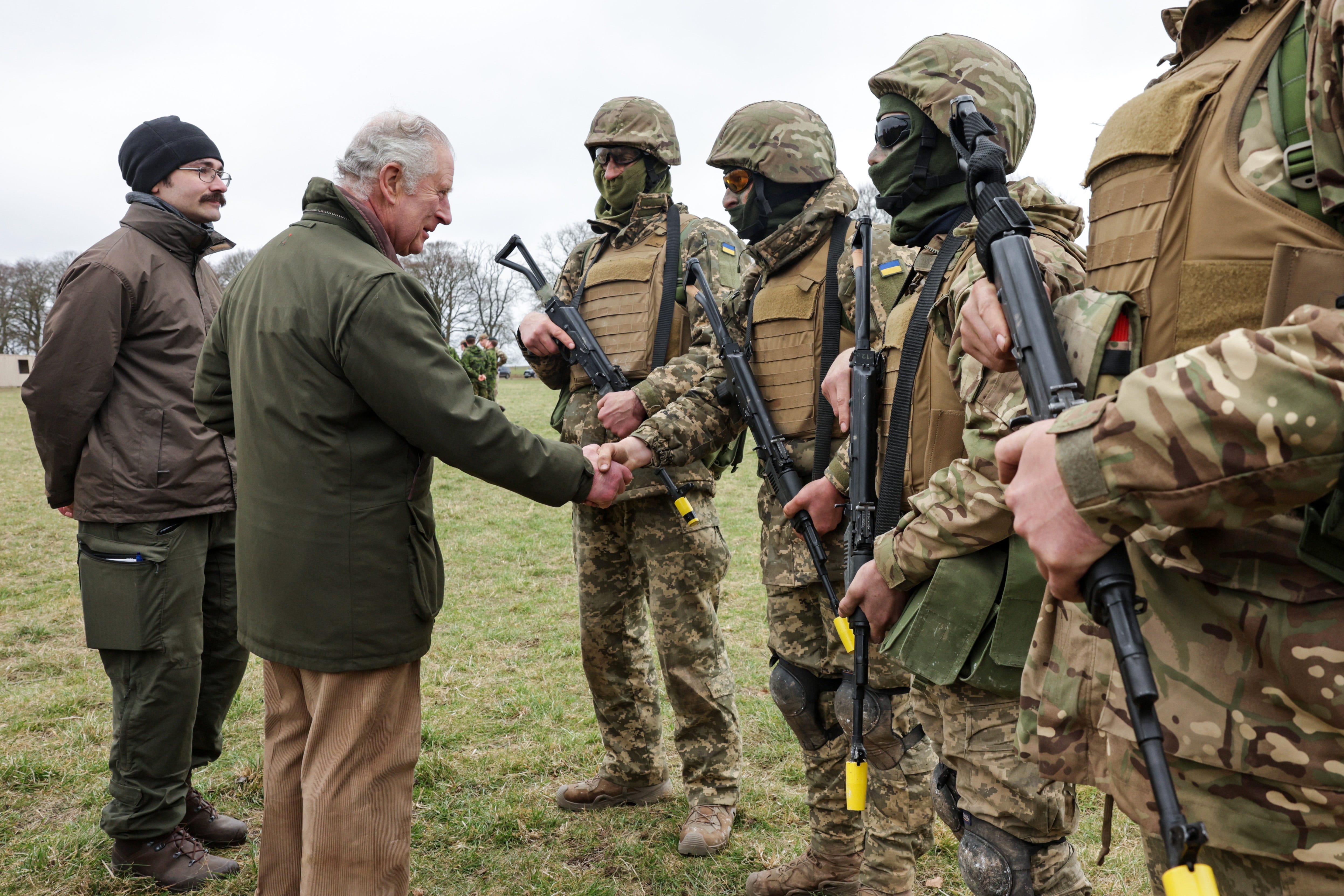

It was in the economic interest of American business to maintain China for free trade. Hay feared that other imperial powers-Japan, Great Britain, Germany, France, Italy, and Russia-planned to carve China into spheres of influence. 1 In 1899, secretary of state John Hay articulated the Open Door Policy, which called for all Western powers to have equal access to Chinese markets. As a percentage of total American foreign trade, Asian trade remained comparatively small, and yet the idea that Asian markets were vital to American commerce affected American policy and, when those markets were threatened, prompted interventions. American ships had been traveling to China, for instance, since 1784. The United States had long been involved in Pacific commerce. Patterns of American InterventionsĪmerican interventions in Mexico, China, and the Middle East reflected the United States’ new eagerness to intervene in foreign governments to protect American economic interests abroad. In a sense, imperialism and immigration raised similar questions about American identity: Who was an “American,” and who wasn’t? What were the nation’s obligations to foreign powers and foreign peoples? And how accessible-and how fluid-should American identity be for newcomers? All such questions confronted late-nineteenth-century Americans with unprecedented urgency. European and Asian immigrants poured into the United States. Meanwhile, as the United States asserted itself abroad, it acquired increasingly higher numbers of foreign peoples at home. The question of American imperialism, then, seeks to understand not only direct American interventions in such places as Cuba, the Philippines, Hawaii, Guam, and Puerto Rico, but also the deeper history of American engagement with the wider world and the subsequent ways in which American economic, political, and cultural power has shaped the actions, choices, and possibilities of other groups and nations. In the Pacific, Latin America, and the Middle East, and most explicitly in the Spanish-American War and under the foreign policy of Theodore Roosevelt and William Howard Taft, the United States expanded on a long history of exploration, trade, and cultural exchange to practice something that looked remarkably like empire. In the decades after the American Civil War, the United States exerted itself in the service of American interests around the world. One hundred years after the United States won its independence from the British Empire, had it become an empire of its own?

The word empire might conjure images of ancient Rome, the Persian Empire, or the British Empire-powers that depended variously on military conquest, colonization, occupation, or direct resource exploitation-but empires can take many forms and imperial processes can occur in many contexts. Theodore Roosevelt and American Imperialism Depending on the risk, these actions could include changes in tactics, techniques, or procedures adding redundancy selection of another asset isolation or hardening guarding, etc. What is CIP?Ĭritical Infrastructure Protection (CIP) consists of actions taken to prevent, remediate, or mitigate the risks resulting from vulnerabilities of critical infrastructure assets. Systems and assets, whether physical or virtual, so vital to the United States that the incapacity or destruction of such systems and assets would have a debilitating impact on security, national economic security, national public health or safety, or any combination of those matters. The purpose of this web portal is to inform and educate the general public, members of the armed forces, and our interagency and intergovernmental partners, as well as to assist in outreach to our private sector partners. Welcome to the DCIP web portal, dedicated to providing information about the Defense Critical Infrastructure Program (DCIP) within the Office of the Assistant Secretary of Defense (Homeland Defense and Americas' Security Affairs) DoD Protected Critical Infrastructure Program


 0 kommentar(er)
0 kommentar(er)
